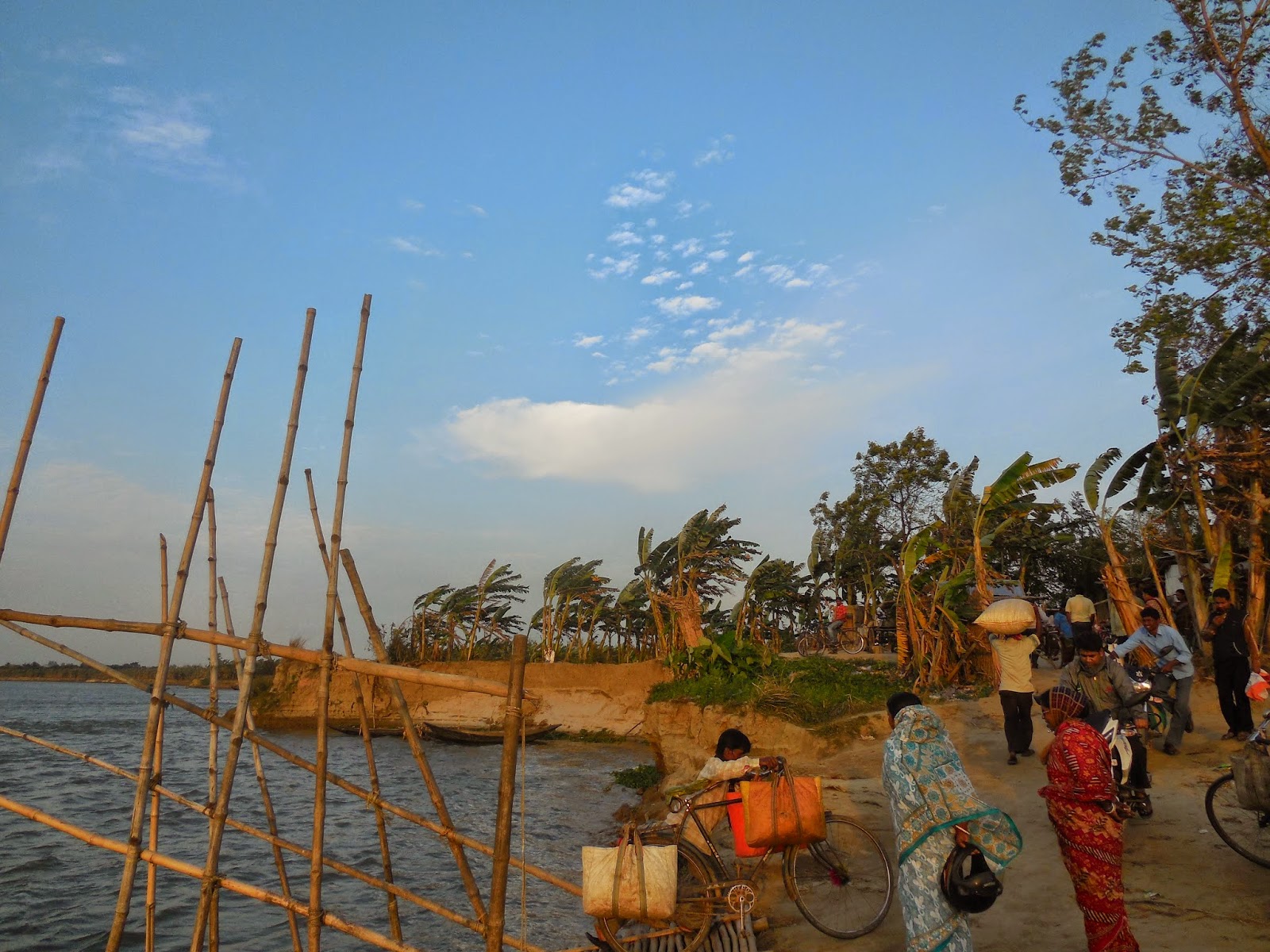Shri Amarnath Yatra 2014
One of the Holy trinity, Lord Shiva is a living God. The most ancient and sacred book of India, the "Rig Veda" evokes his presence in its hymns. Vedic myths, ritual and even astronomytestify to his existence from the dawn of time.
Lord Shiva is known to have made his adobe in the Himalayas. He built no house nor shelter, not for himself or his consort Goddess Parvati. He was an ascetic, and yet married; He could be both
for "He is the god sporting in the forest or taking his ease on a cloud."
Situated in a narrow gorge at the farther and pf Lidder valley, Shri Amarnathji Cave Shrine stands
at 3,888 m and is 45 km from Pahalgam and 141 km from Srinagar. Though the origial pilgrimage subscribes that the yatra be undertaken from Srinagar, the more common practice is to be begin the
journey from Pahalgam, and cover the distance to Shri Amarnathji and back in four or five days. Pahalgam is 96 km from Srinagar. In recent times the Baltal route ia Sonamarg has also become very popular because of it's short distance track to the Holy Cave of Shri Amarnathji.
 |
| Shri Amarnathji Holy Cave |
Amarnath cave is a Hindu shrine located in Jammu and Kashmir, India. It is dedicated to Shiva. The cave is surrounded by snowy mountains. The cave itself is covered with snow most of the year expect for a short time period in the summer when it is open for pilgrims. Thousands of
Hindu devotees make an annual mountainous terrain to see an ice stalagmite formed inside the cave.
Hindu devotees make an annual mountainous terrain to see an ice stalagmite formed inside the cave.
The Linga
Inside the 40 m high Amarnath cave, the stalagmite is formed due to freezing of water drops that fall from the roof of the cave on to the floor and grows up vertically from the cave floor. It is considered to be a Shiva Linga bu Hindus.
The cave waxes during May to August, as snow melts in the Himalayas above the cave and the
resultant water seeps into the rocks that form the cave and gradually wanes thereafter. As per the
religious beliefs, it has been claimed that the lingam grows and shrinks with the phases of the moon reaching it's height during the summer festival, although there is no scientific evidence for the belief.
According to Hindu legend, this is the cave where Shiva explained the secret of life and eternity to
his divine consort, Parvati. Two other ice formations represent Parvati and Shiva's son, Ganesha.
The main pupose of the annual pilgrimage to the cave is worship of the ice stalagmite Lingam.
 |
| Ice Lingam at Amarnath Cave |
resultant water seeps into the rocks that form the cave and gradually wanes thereafter. As per the
religious beliefs, it has been claimed that the lingam grows and shrinks with the phases of the moon reaching it's height during the summer festival, although there is no scientific evidence for the belief.
According to Hindu legend, this is the cave where Shiva explained the secret of life and eternity to
his divine consort, Parvati. Two other ice formations represent Parvati and Shiva's son, Ganesha.
The main pupose of the annual pilgrimage to the cave is worship of the ice stalagmite Lingam.
Amarrnathji Yatra
 |
| On way to Amarnath cave |
The temple is a popular yatra destination for Hindus. In 2011 it received about 634,000 persons, the highest number for the site, in 2014 most about 12,000 persons registered for this yatra and
about 3.2 lakh pilgrims have paid obeisance at the holy ice lingum of Lord Shiva. The number was
622,000 in 2012 and 350,000 in 2013. Pilgrims visit the holy site during the 45-day season around
the festival of Shravani Mela in July-August, coinciding with the Hindu holy month of Shraavana.
 |
| Amarnath pilgrims en route the holy shrine |
The beginning of the annual pilgrimage, is called Amarnath Yatra is marked by "pratham pujan" to
invoke the blessings of Shri Amarnathji.
 |
| Amarnath Yatra Camp |











































